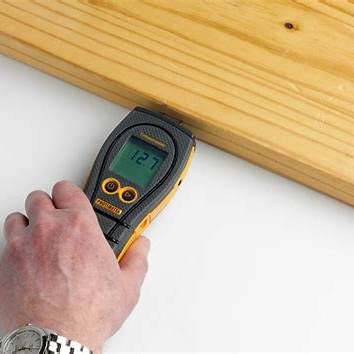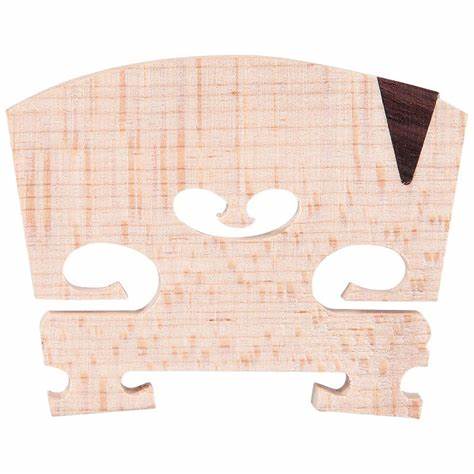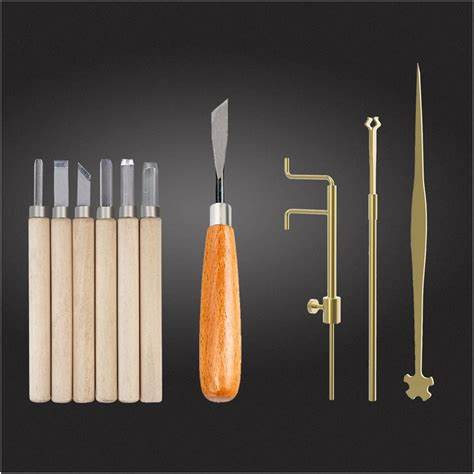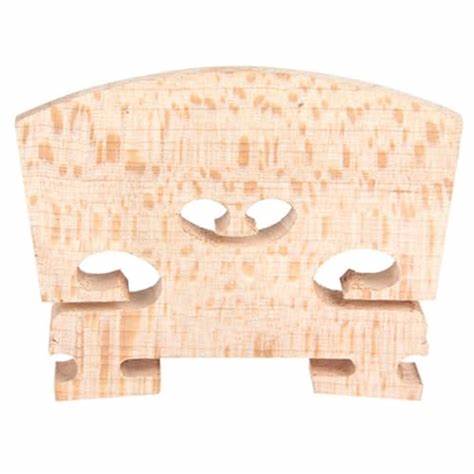Choosing the Ideal Wood for String Instrument Bridges
Choosing the Ideal Wood for String Instrument Bridges
In lutherie, few elements affect sound and stability like the bridge. This full‑length guide (2,000+ words) dives deep into wood types, grain, drying, blanks, carving, tuning, and care. Whether you’re building violins or cellos, this professional-level resource is for you.
1. Why Wood Selection Matters
The bridge transmits vibrations from string to body, must bear 20–30 kg of tension, and stay stable through seasonal changes. Choosing the right wood is essential to both tone and structural health.
- Vibration efficiency: accurate transmission without damping harmonics.
- Strength: resists compression, twisting, and permanent deformation.
- Stability: maintains shape with humidity or temperature shifts.
“The bridge must have the elasticity to vibrate and the strength to resist collapse—hard maple, properly aged, offers the perfect balance.”
— Hans Weisshaar, violin restorer
2. Top Wood Species & Profiles
Acer pseudoplatanus (European Maple)
- Origin: Central Europe (Balkans, France)
- Density: 620–650 kg/m³
- Tone: Bright, rich, overtone-laden
- Grain: Quarter-sawn with medullary rays
- Sources: Aubert DeLuxe, Despiau, Milo Stamm
Acer saccharum (Sugar Maple)
- Origin: North America
- Density: 700–750 kg/m³
- Tone: Warmer and full-bodied
- Use-case: Preferred for cello and bass bridges
3. Grain Orientation & Medullary Rays
Quarter-sawn wood—with vertical grain and visible rays—offers maximum stiffness and stability. It resists warping under string tension and environmental change.
Medullary rays should be perpendicular to the back—visible as fine flecks. If angled, expect leaning bridges or poor seating over time.
4. Seasoning & Moisture Control
Ideal moisture content for blanks is 7–10%. Achieve this with:
- Air-drying: 3–7 years for natural stability.
- Slow kiln-drying: acceptable if carefully controlled.
- Monitoring: Use moisture meters—sample in feet and heart areas.

5. Physical Property Standards
| Property | Ideal Range | Importance |
|---|---|---|
| Density | 620–750 kg/m³ | Balance of tone vs. strength |
| MOE | >10 GPa | Allows shape retention |
| Hardness (Janka) | 3.5–5 kN | Prevents groove wear |
| Grain Width | 0.5–1.5 mm | Uniform tonal output |
| Moisture | 7–10% | Prevents warping |
6. Inspecting and Selecting Blanks
- Evaluate blanks based on:
- Clearly visible medullary rays on both feet
- Symmetrical grain and even thickness
- No knots or defects
- Weight targets:
- Violin: 2.1–2.3 g
- Viola: 2.5–2.8 g
- Cello: 3.0–3.5 g
- Trusted sources: Aubert, Despiau, Milo Stamm

7. Pre-carving Layout & Preparation
- Secure blank and trace bridge outline with carbon/pencil.
- Mark feet, centerline, and heart point.
- Drill pilot holes at foot tips.
- Use block planes to remove a small margin outside pattern.
- Check edge grain continuity to prevent run-out.

8. Carving & Tool Workflow
Recommended tools and steps:
- 3–4 mm chisels for side walls and feet
- Small block plane for arch shaping
- Spokeshave or small fingers plane for arch & heart
- Sand with 400–1200 grit rounds
- Measure symmetry with calipers & squares
Typical carving time: Violins ~1 hr, Violas ~1.5 hrs, Cellos ~2 hrs.

9. Voice Tuning & Final Fitting
After carving:
- Weighing: violin ~1.8–2.3 g; viola ~2.5–3.0 g; cello ~3.0–4.0 g
- Tap-tuning: adjust resonance (typically 600–700 Hz for violin bridges)
- Foot fit: check on top plate using feeler gauges and carbide scraper.
- Adjustments: small paring at heart or feet until fit is perfect—check under UV light for contact.
10. Embedded Video Guides
— How to choose the right bridge (Daniel Violin)
— Wood Choices for Violin Making (Tonewood Store)
11. Long-Term Maintenance & Care
- Keep string grooves clean—use soft brass brush or parchment protector.
- Check vertical alignment monthly; reseat with New Glue as needed.
- Maintain RH at 40–60% using small humidifiers.
- Annual luthier inspections ensure action and seat remain perfect.
12. Comparative Case Study
**Aubert DeLuxe**: Certified European maple, ray-visible, 620–640 kg/m³.
**Despiau Superieur**: Slightly softer, warmer tone, ideal for soloist instruments.
**Milo Stamm**: Dense and stiffer—perfect for louder projection needs.13. Recommended Reading & Research












